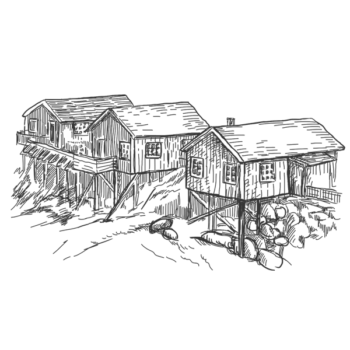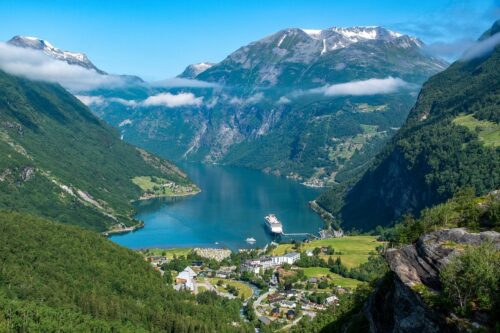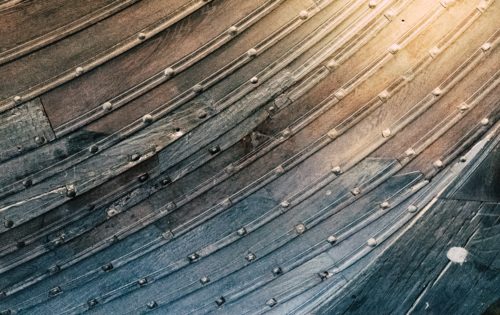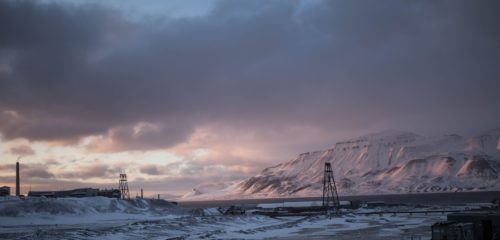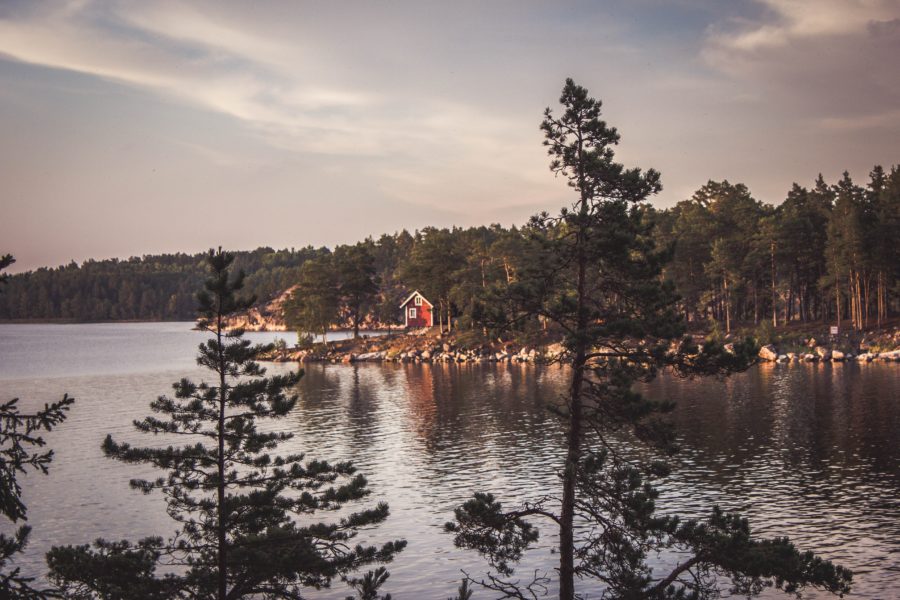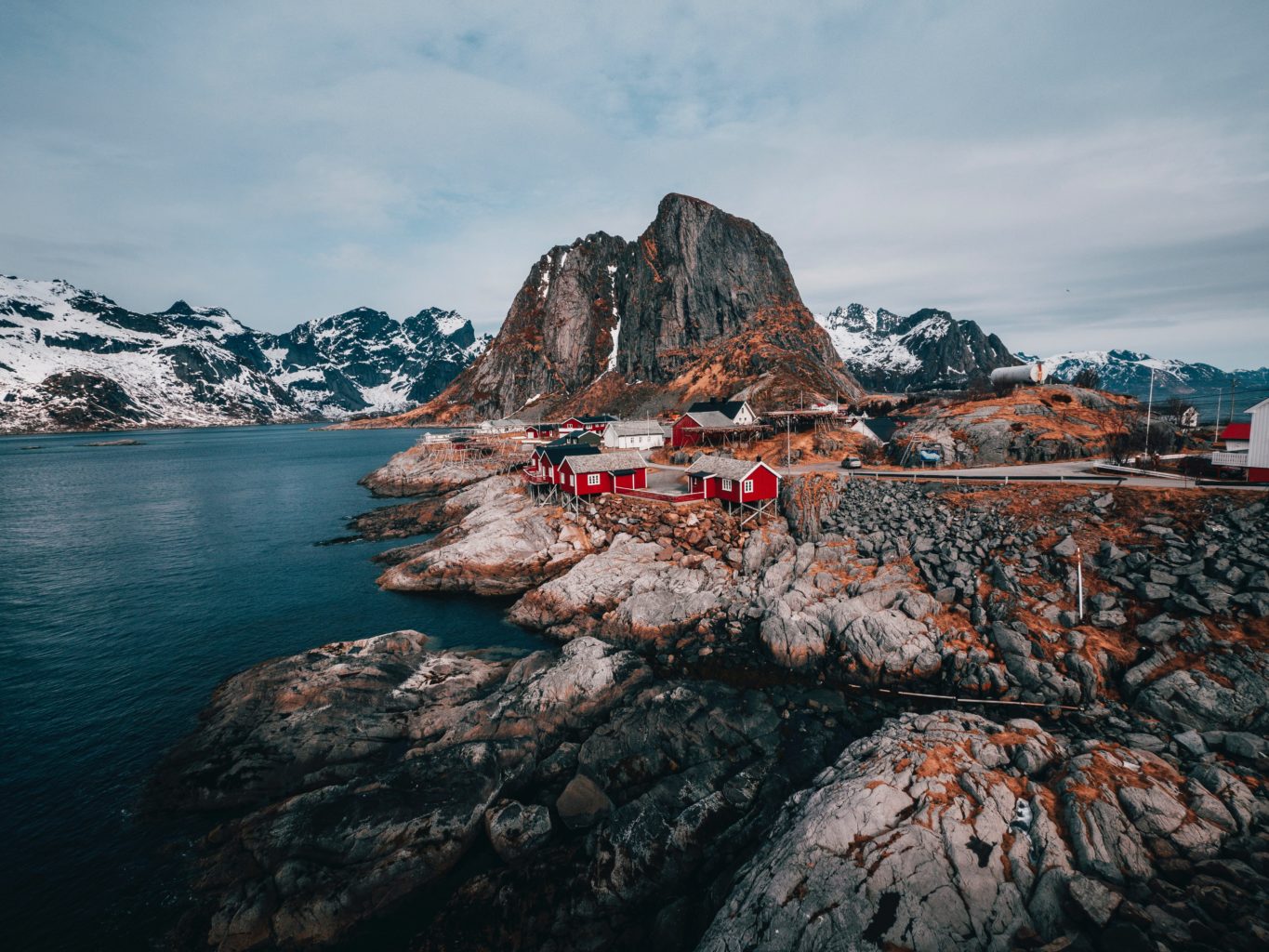
Norway
Norway
Science in Norway
Northern lights, endless coasts, fjords: Norway fascinates with its landscapes. This is also reflected in the research environment. For a long time, Norway's science was dominated by polar research, marine research and petro research; after all, huge oil and gas reserves are also located there. Today, the country is shifting its research interest from petro research to renewable energies. Norway's range of topics is almost as broad as its coasts: the medical field, for example cancer research, is also a focus here, as are geosciences, education and pedagogy. The country's scientific history is never forgotten: In numerous museums, locals and travellers can learn about the history of Norwegian polar research and expeditions, marine research, Viking ships and much more. But we can also marvel at a bit of Norwegian cleverness in everyday life with inventions from Norway, such as the cheese slicer, the spray can and the paper clip. Johan Vaaler was the first to patent the rather simple concept of the paper clip - forming a piece of wire into two loops, one smaller and one larger - in 1899.
The Facts
| Population | 5,520,000 [1] |
| Area | 364,270 km² [2] |
| Gross domestic product per capita in US-Dollar | 87,739.0 [3] |
| Public expenditure on education (share of GDP) | 5.9 % [4] |
| Universities | 44 |
| Universities per 1 million inhabitants | 8.30 |
| Students | 290,014 |
| Expenditure on Research and Development (share of GDP) | 2.1 (share of GDP) [5] |
Quellen:
-
↑
https://www.destatis.de/DE/Themen/Laender-Regionen/Internationales/Laenderprofile/norwegen.pdf?__blob=publicationFile
-
↑
https://www.destatis.de/DE/Themen/Laender-Regionen/Internationales/Laenderprofile/norwegen.pdf?__blob=publicationFile
-
↑
https://www.destatis.de/DE/Themen/Laender-Regionen/Internationales/Laenderprofile/norwegen.pdf?__blob=publicationFile
-
↑
https://www.destatis.de/DE/Themen/Laender-Regionen/Internationales/Laenderprofile/norwegen.pdf?__blob=publicationFile
-
↑
https://www.destatis.de/DE/Themen/Laender-Regionen/Internationales/Laenderprofile/norwegen.pdf?__blob=publicationFile
